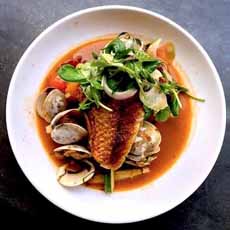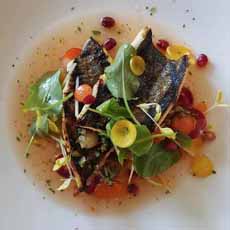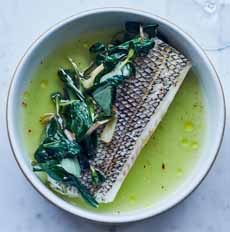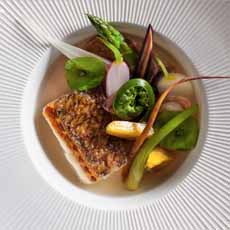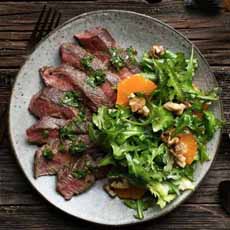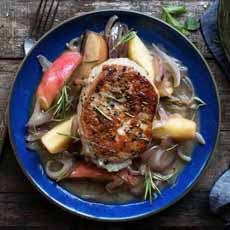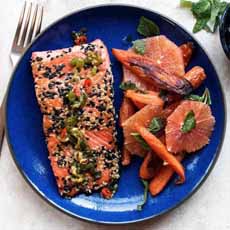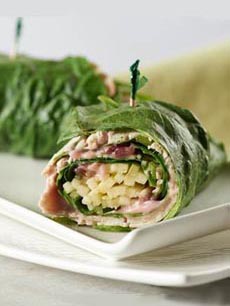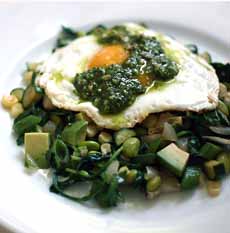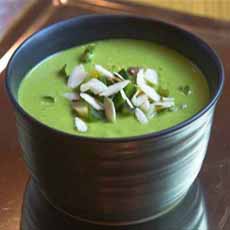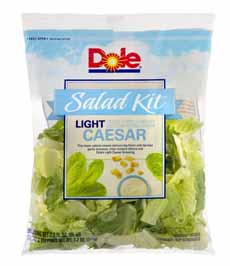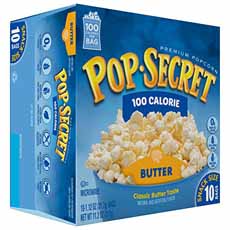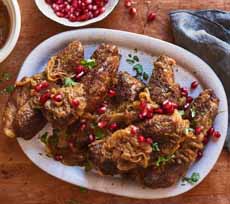|
We’re still in the first blush of the new year, and have actually exercised every day and eaten more healthfully (except for an errant black-and-white cookie).
We’ve been going down the list below, sent to us by Sara Siskind, a Certified Nutritional Health Counselor and founder of Hands On Healthy cooking classes for adults, families and teens based in New York City.
The biggest piece of advice from everyone—health professionals, the government, environmental experts—is to eat more plant-based foods (and fewer animal-based foods).
Here are Sara’s tips for the healthiest, most sustainable lifestyle: a balanced diet with an emphasis on eating more plants. Easy swaps can add more nutrients into your diet while saving calories.
There are easy ways to incorporate more plants into your meals without having to sacrifice your favorite foods.
1. Lettuce or collard wraps.
When you are making a sandwich, swap out the bread and replace it with lettuce or a collard green wrap. Sushi lovers can order cucumber wraps, called naruto rolls, which replace the rice with a better-for-you strip of cucumber.
2. Purée veggies for dozens of uses.
You can eat your veggies roasted, sautéed or steamed (let’s not talk about fried).
But for variety, purée them! Bell pepper, broccoli, carrots, cauliflower, peas, spinach, squash…just look down the produce aisle for inspiration.
Puréed vegetables are a delicious side, and you can place the protein on top of them (photo #2). But also use them a base for soups, sauces, lasagna and other recipes.
3. Add vegetables to breakfast.
While a restaurant may add some tomato slices or green vegetables to a plate of eggs, few people add vegetables to home breakfasts. It’s a great opportunity.
Turn regular eggs into a vegetable omelet or scramble or serve them as a side or base (photo #3).
Spread mashed avocado on toast instead of butter, for more fiber, fewer calories and no animal fat. You can even add tomato and onion or sprouts on top for an extra veggie boost.
Sauté or steam vegetables the day before and heat them up for breakfast. Keep chopped vegetables in the fridge so it’s easy to toss them into any snacks or meals.
And for even more veggies, start the meal with a glass of vegetable juice.
4. Tuck vegetables into smoothies.
Fruit smoothies present an easy way to sneak in greens. Blend in a handful of spinach or kale; you won’t even taste it!
If you first wash, dry, chop, and freeze your greens, you can reduce spoilage and waste, and also make it easier to whip up your smoothie.
5. Make vegetable chips.
Craving salty pretzels and fried potato chips? Substitute homemade vegetable chips.
Try baking chopped kale, thinly sliced sweet potatoes or beets with a touch of olive oil and sea salt. We find it particularly easy to make microwave chips with the Mastrad microwave chip maker.
Many markets are even carrying them pre-made for easy snacking on the go.
|
